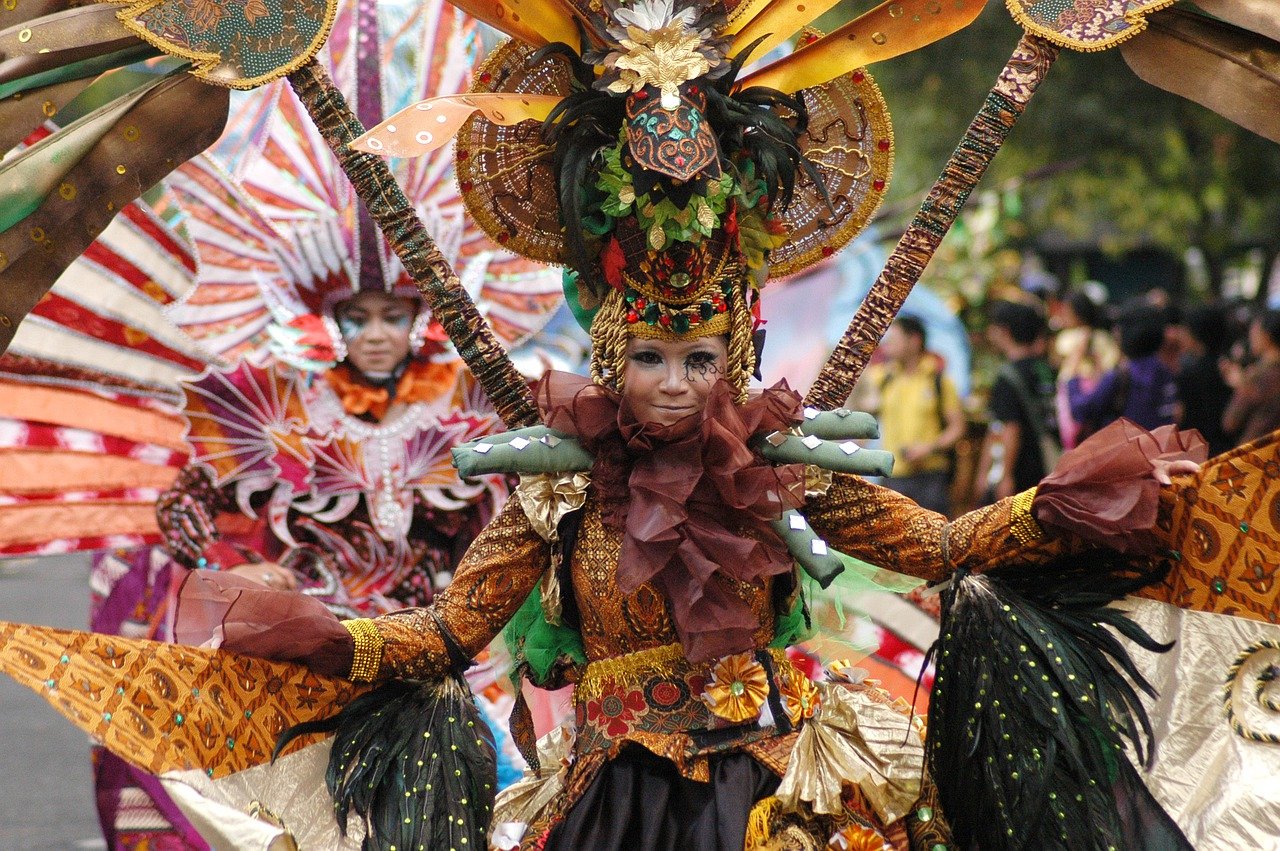Indonesian Sign Language (BISINDO) weaves a vibrant tapestry of communication within Indonesia’s diverse linguistic landscape, serving as a crucial mode of expression for the deaf and hard of hearing community. In this exploration, we’ll uncover the origins, influences, usage, government recognition, and fascinating facets of BISINDO, illuminating its significance in Indonesia’s cultural mosaic.
Historical Roots and Origins
BISINDO’s roots can be traced back to the diverse signing practices within Indonesia’s Deaf communities. Its evolution began with indigenous signing systems used within these communities, which later amalgamated and evolved into what is now recognized as Indonesian Sign Language. BISINDO’s emergence gained momentum in the 20th century as efforts were made to formalize and standardize the language.
Influences and Regional Variations
BISINDO’s development was primarily shaped by local signing systems, influenced by the diverse linguistic and cultural tapestry of Indonesia’s numerous islands. While BISINDO stands as the national sign language, it’s important to note that regional variations exist, reflecting the cultural diversity across the archipelago.
Usage and Community
Estimations suggest that there are over two million deaf or hard of hearing individuals in Indonesia. BISINDO serves as a vital means of communication within educational institutions, workplaces, social circles, and familial contexts, fostering inclusivity and community among its users.
Government Stance and Recognition
In recent years, there has been an increasing recognition of BISINDO by the Indonesian government. Efforts have been made to incorporate BISINDO into educational curricula, promote its use in public services, and enhance accessibility for the deaf and hard of hearing population.
Interesting Facts About BISINDO
- Diversity in Signs: BISINDO incorporates signs influenced by Indonesian culture, encompassing gestures, facial expressions, and body movements to convey meaning. Signs may vary based on regions and local customs.
- Influence of Other Sign Languages: While BISINDO is primarily influenced by indigenous signing systems, it has also been influenced by other sign languages, including American Sign Language (ASL) and other regional sign languages.
- Cultural Significance: BISINDO is not just a mode of communication; it embodies cultural identity, fostering a sense of belonging and community among its users.
Engaging with BISINDO
For those interested in engaging with BISINDO and supporting the deaf community in Indonesia:
- Learning BISINDO: Explore resources and courses available to learn BISINDO, promoting understanding and inclusivity.
- Advocating for Accessibility: Advocate for increased accessibility and support for BISINDO within educational and public service settings, ensuring inclusivity for the deaf and hard of hearing community.
- Cultural Exchange: Engage in cultural events and initiatives that promote BISINDO and deaf culture, fostering appreciation and understanding.
In conclusion, Indonesian Sign Language (BISINDO) stands as a vibrant and essential component of Indonesia’s cultural diversity. As a powerful means of communication for the deaf and hard of hearing community, its recognition and support contribute to a more inclusive and understanding society. Embracing BISINDO celebrates linguistic diversity and fosters a more inclusive environment for all within Indonesia’s rich cultural tapestry.



